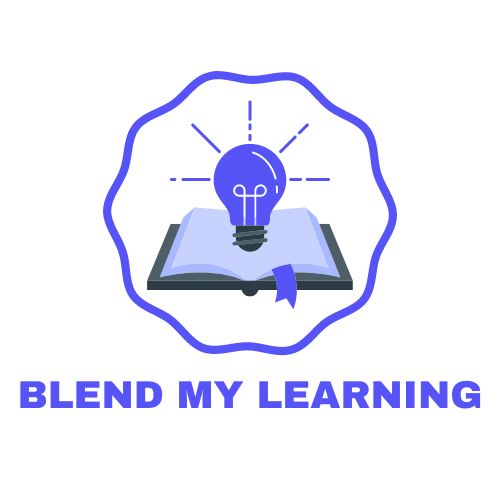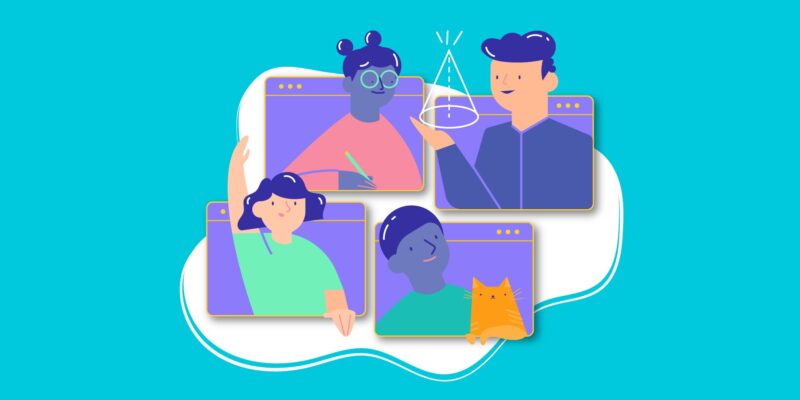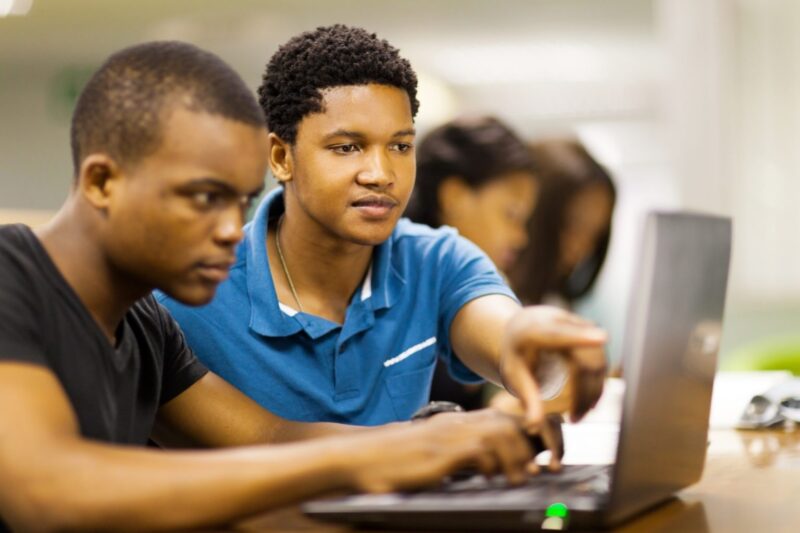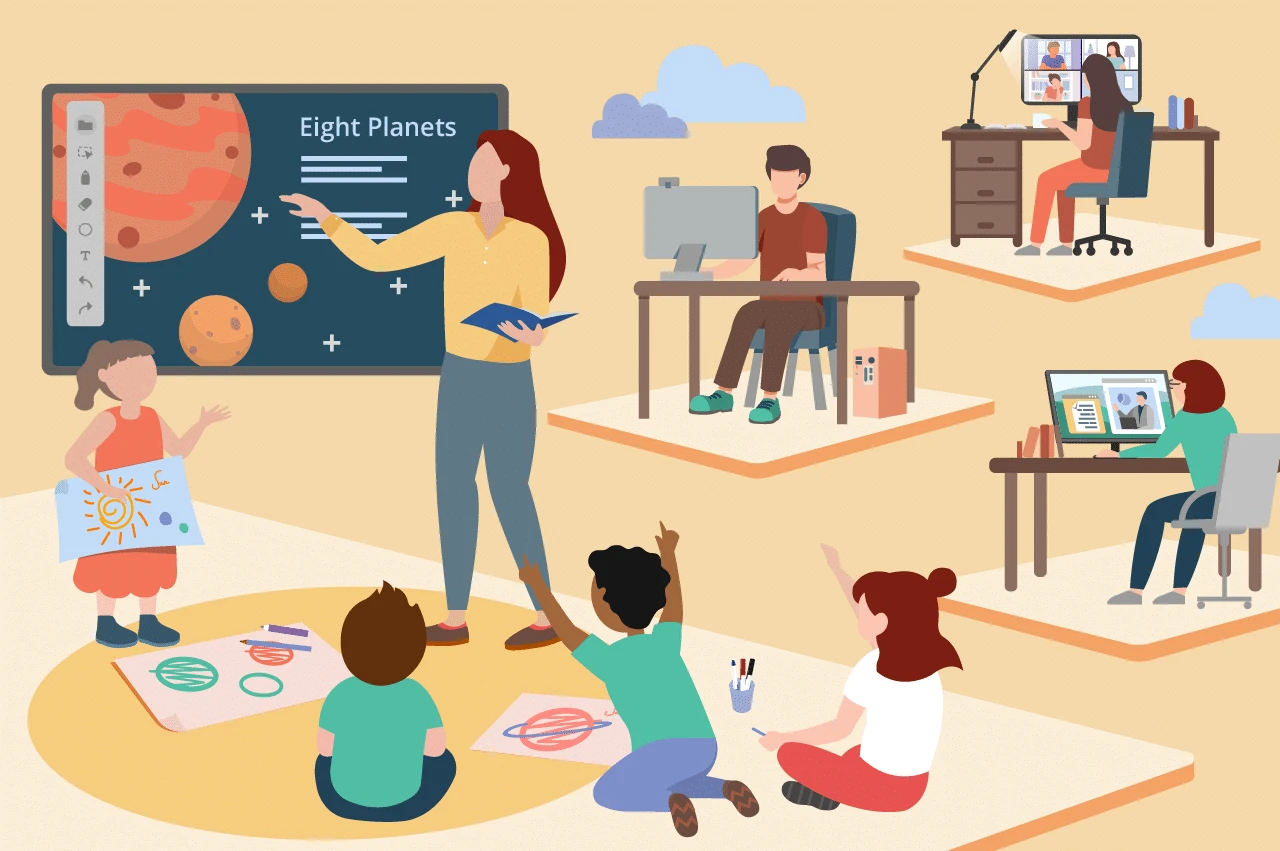Blended learning methods, such as the flipped classroom and the flex model, vary in the balance of online and in-person instruction.
These methods can effectively engage students in collaborative projects while personalizing instruction to meet individual needs.
However, one key element often missing in blended learning environments is student engagement.
As an experienced online teacher for K-12 and higher education, I understand the challenges of keeping students engaged in virtual settings.
Fortunately, blended learning still includes some in-person instruction, providing a valuable opportunity to enhance student engagement.
1. Experiment with the Flipped Classroom Model
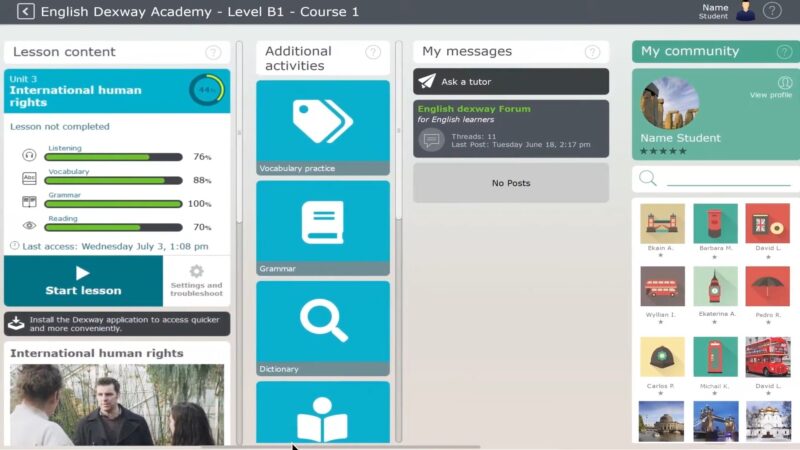
Research increasingly suggests that the flipped classroom model may represent the future of education.
While digital learning platforms like Dexway courses are valuable, they often lack the human warmth of a traditional classroom.
The flipped classroom model addresses this by reversing the traditional roles of study time and class time.
Students independently watch lecture content and learn new concepts at home.
Class time is then dedicated to discussions, exercises with teacher support, and group work.
This methodology is popular with both teachers and students because it maximizes the social benefits of classroom time while ensuring students continue learning new information effectively.
2. Maximize Virtual Class Meetings with Collaborative Activities

One of the key features of blended learning is the virtual or synchronous class meeting.
Often, teachers use this time to lecture and present content, which is typically recorded for students to watch later at their convenience.
Instead, utilize live class meetings for collaborative work, problem-solving, and guided practice in virtual breakout rooms.
For students to be engaged, these sessions must be meaningful.
Collaborative activities, where students work together to solve problems, plan, and apply their learning in new contexts, can significantly enhance engagement.
3. Foster a Need to Know

An engaging learning model is essential.
Teachers can use project-based learning to create authentic projects where students recognize the relevance and necessity of the work, whether online or in the classroom.
The same applies to game-based learning.
If students are engaged in a serious game about viruses and bacteria, the game can serve as a hook to learn content both online and offline.
By encouraging metacognition and fostering a “need to know” mentality, students become invested in their learning, regardless of the setting.
4. Switch to Digital Assessments for Instant Feedback

Digital learning platforms can significantly simplify teachers’ workloads by automating time-consuming tasks, such as assessments.
Traditionally, assessments require considerable setup and grading time, but a learning management system (LMS) can streamline this process.
Using an LMS for assessments allows teachers to create and grade assignments effortlessly, providing students with instant feedback on their performance.
This benefit isn’t limited to online learning—automated assignments can be effectively used in the classroom as well.
Integrating digital assessments into classroom activities enhances learning by offering immediate insights and allowing teachers to focus more on instruction.
5. Encourage Reflection and Goal Setting
Building on the concept of metacognition, students should be aware of their learning progress and how they are meeting standards.
Teachers should incorporate regular opportunities for both class-wide and individual reflection, and guide students in setting S.M.A.R.T. goals.
These measurable, student-centered goals help students become active participants in their learning.
Utilize reflection and goal-setting activities both online and offline to foster a personal connection to the learning process and to create personalized goals.
6. Differentiate Instruction Through Targeted Online Work
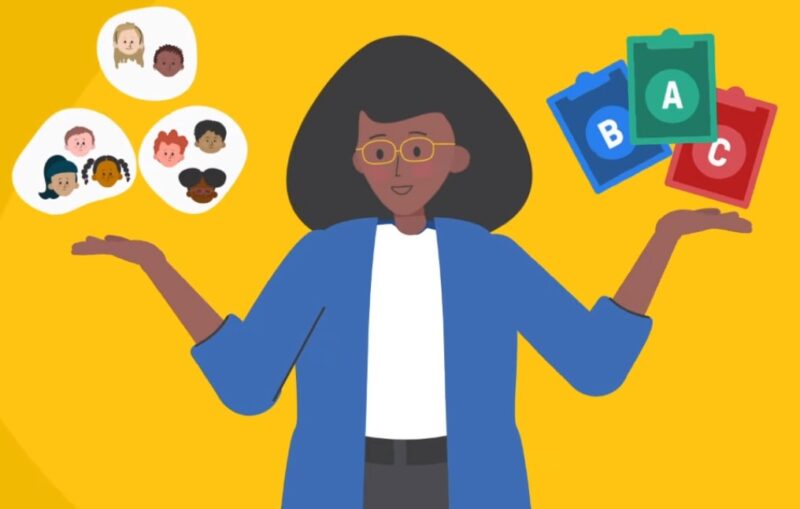
In a blended learning classroom, online work such as content modules and formative assessments is common.
However, not all students need to complete every task in a module.
To individualize instruction, tailor online work to meet the specific needs of each student.
Whether it’s extending learning or addressing misconceptions, targeted online activities can be more valuable and engaging.
This approach ensures students are engaged in meaningful, individualized learning rather than uninteresting busywork.
7. Leverage Mobile Learning Tools
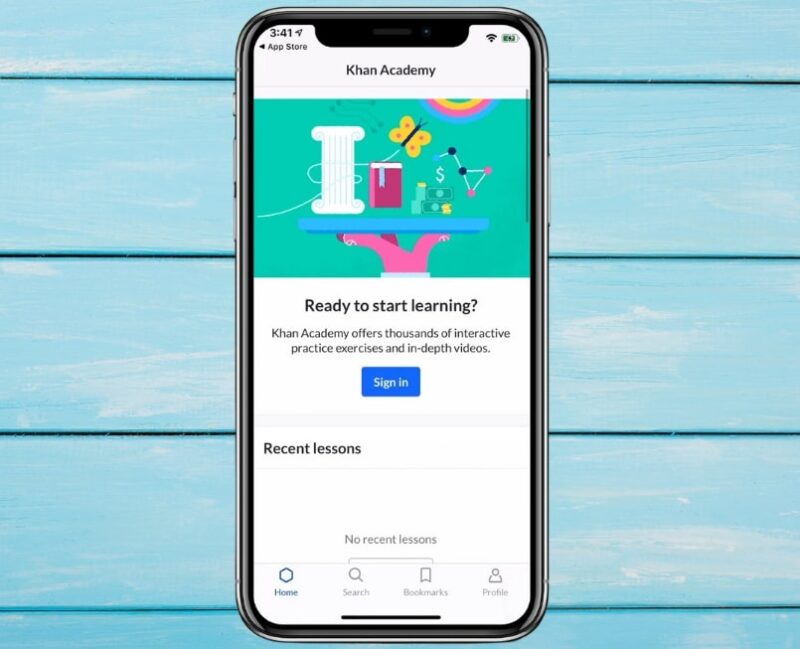
Blended learning pairs well with many strategies and apps. For example, in a flipped classroom model, tools like Khan Academy, BrainPop, and YouTube are invaluable.
Take advantage of the flexibility mobile learning offers, enabling students to learn beyond the classroom walls.
Engage students with activities such as scavenger hunts, Twitter interactions, and back-channel chats.
These mobile-learning activities can effectively support and enhance your blended learning model.
Conclusion
Blended learning methods like the flipped classroom and flex model offer a dynamic balance of online and in-person instruction.
These methods can effectively engage students in collaborative projects while personalizing instruction to meet individual needs.
However, student engagement remains a key challenge in blended learning environments.
Related Posts:
- How to Integrate Online and Traditional Learning for…
- Maintaining Student Motivation in Synchronous and…
- Blended Learning vs. E-Learning - What is a Better Option
- Top Blended Learning Models for Effective Education…
- Step-by-Step Guide to Creating a Blended Learning Curriculum
- Top 10 Online Learning Platforms for Blended Education
